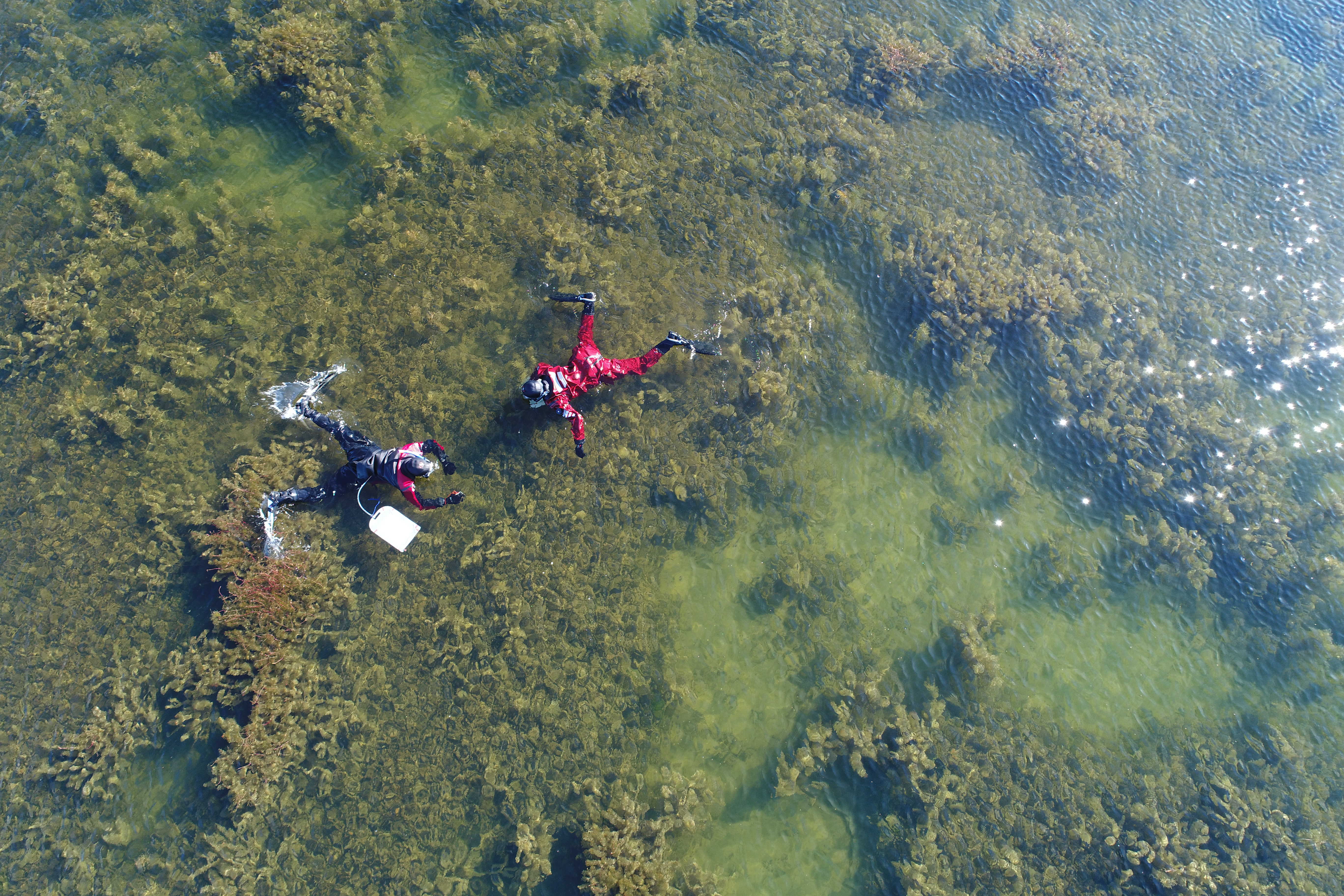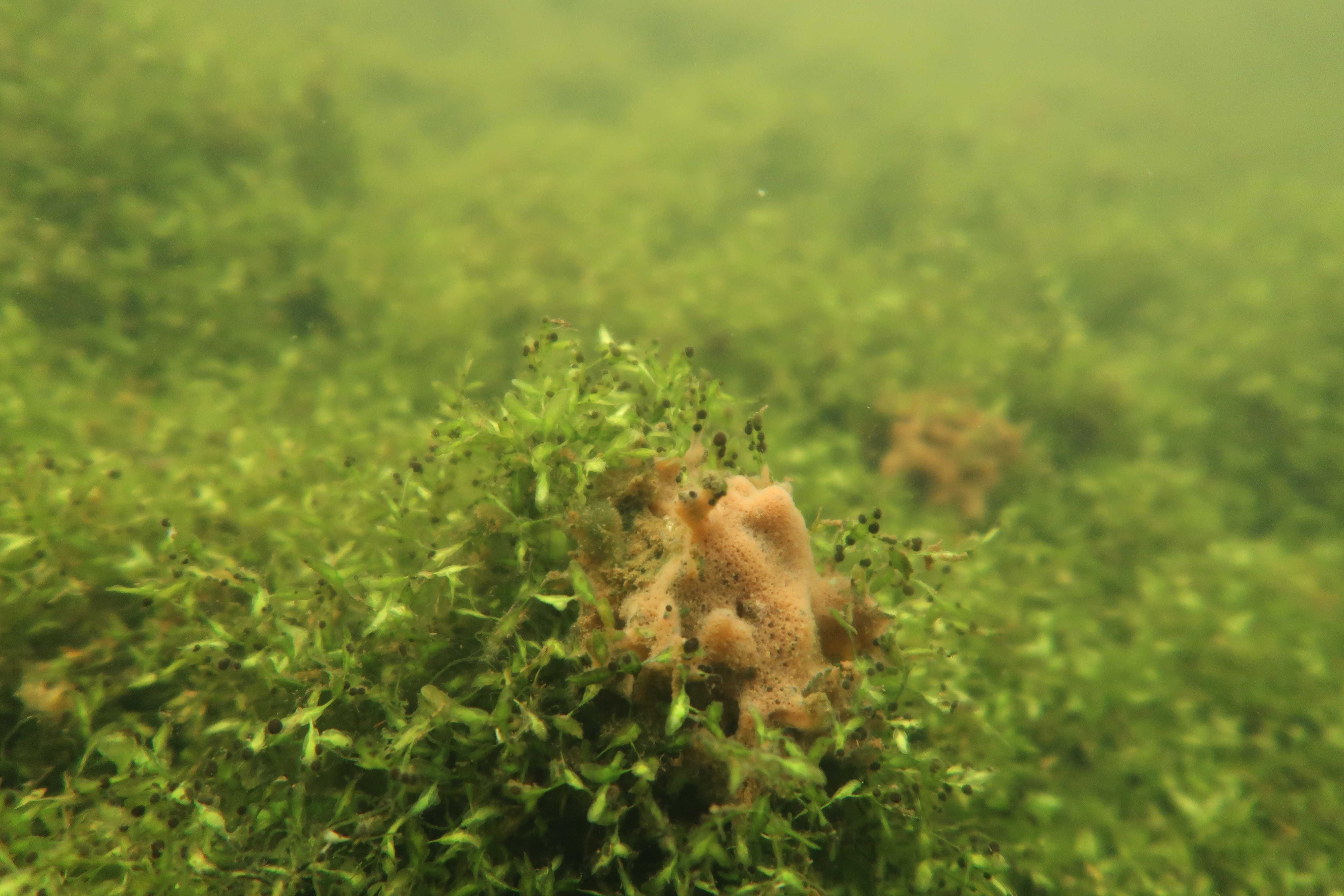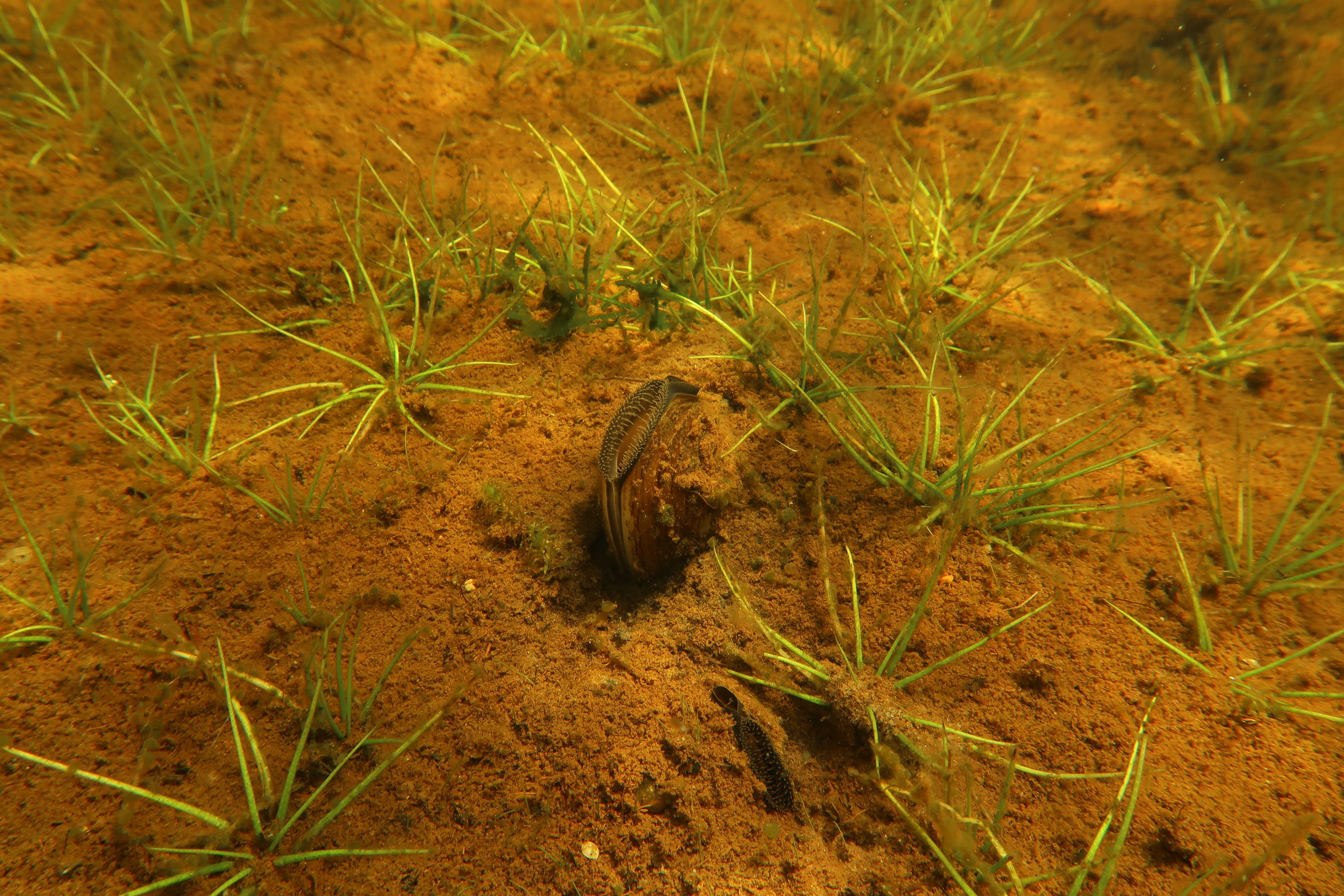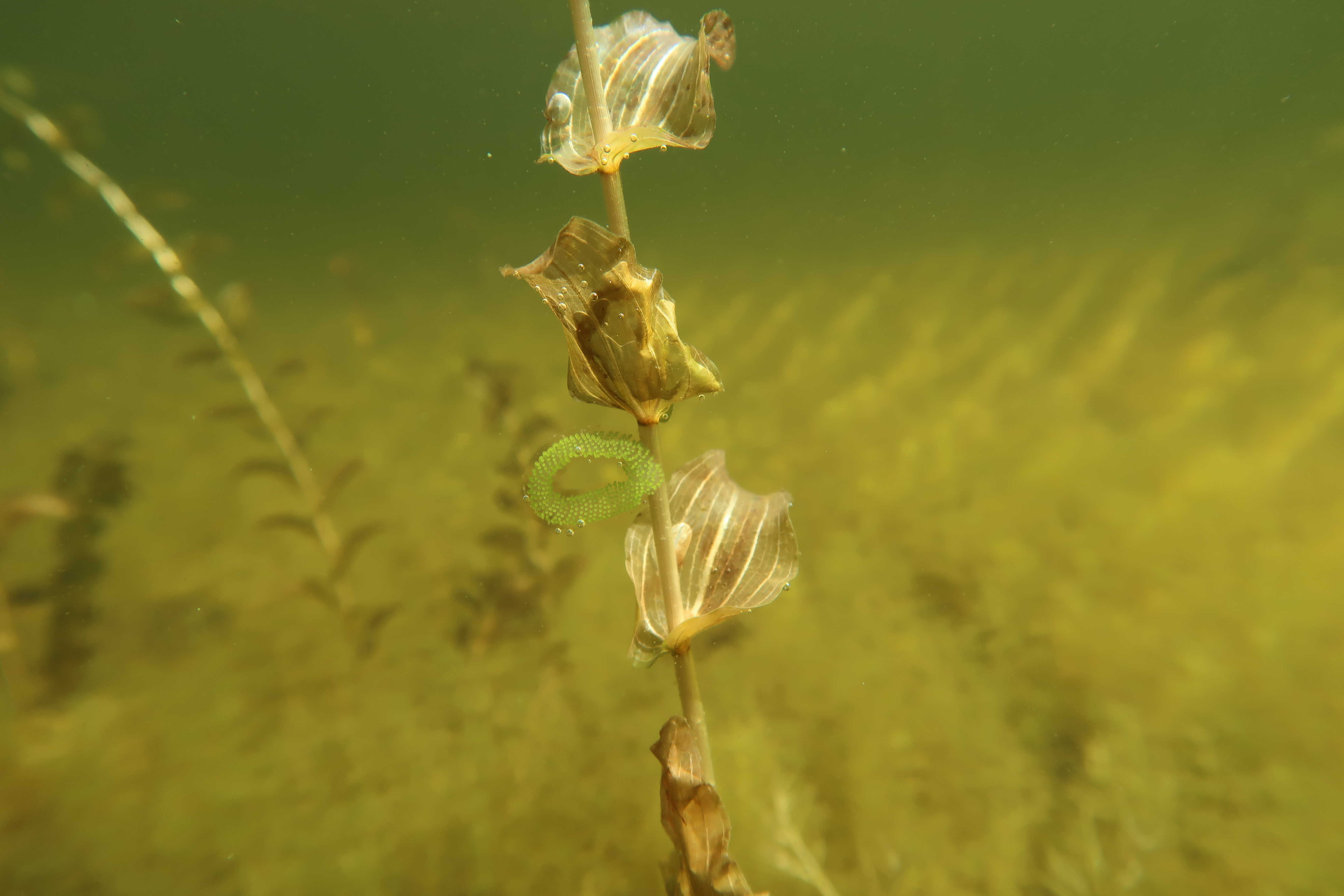Vegetation surveys
Vegetation surveys
Underwater vegetation is something that a person rarely notice. Reed push thru the surface and underneatch you might get a glimpse of pondweed and watermilfoil. The amount of vegetation that reach the surface may seem sparse, but on the bottom might be a jungle hiding! Large and small Charophytes cover large areas, when again pondweed and watermilfoil form luscious meadows. Where the sight is good and sunlight easily penetrates the water until the bottom rich flora occurs. As terrestrial plants, aquatic plants have also the need for sunlight for photosynthesis. The growth and survival of these plants directly correlates with the amount of penetrating light. Murky water makes it hard to thrive.
The aquatic vegetation is of great importance for the fauna. It offers protection from predators and creates important habitats for several species. Perch attach its roe on weed fallen during the winter and pike seeks it for protection. Later during the summer other aquatic plants offer places to hide for small and bigger fish but also as food.
Not only fish gain from aquatic plants. Humans benefit as well from a rich vegetation. It binds impurities of the water and their roots stabilize the soft bottom.
In the project the species as well as the proportional coverage of the bottom were surveyed. A snorkeler made 50cm x 50cm squares on the bottom, depending on the size of the flad 30-100 squares were made. It is hard for a snorkeler to make larger estimations about the vegetation coverage in a flad since the sight is restricted. This information was gathered with the help of a drone. A program called Pix4D was used. With this program you can choose exactly the area you want to fly over. The program automatically takes pictures of the area in predefined distances. Later it creates an orthomosaic of this pictures. This one big orthomosaic is very precise and in shallow flads with good visibility you can exactly see where the vegetation is. This information can then be combined with the information gathered by the snorkeler and like this quite precise information of species distribution can be achieved. The information of the vegetation can later be compared with the information collected in the fish surveys to see, if any correlations can be found.








